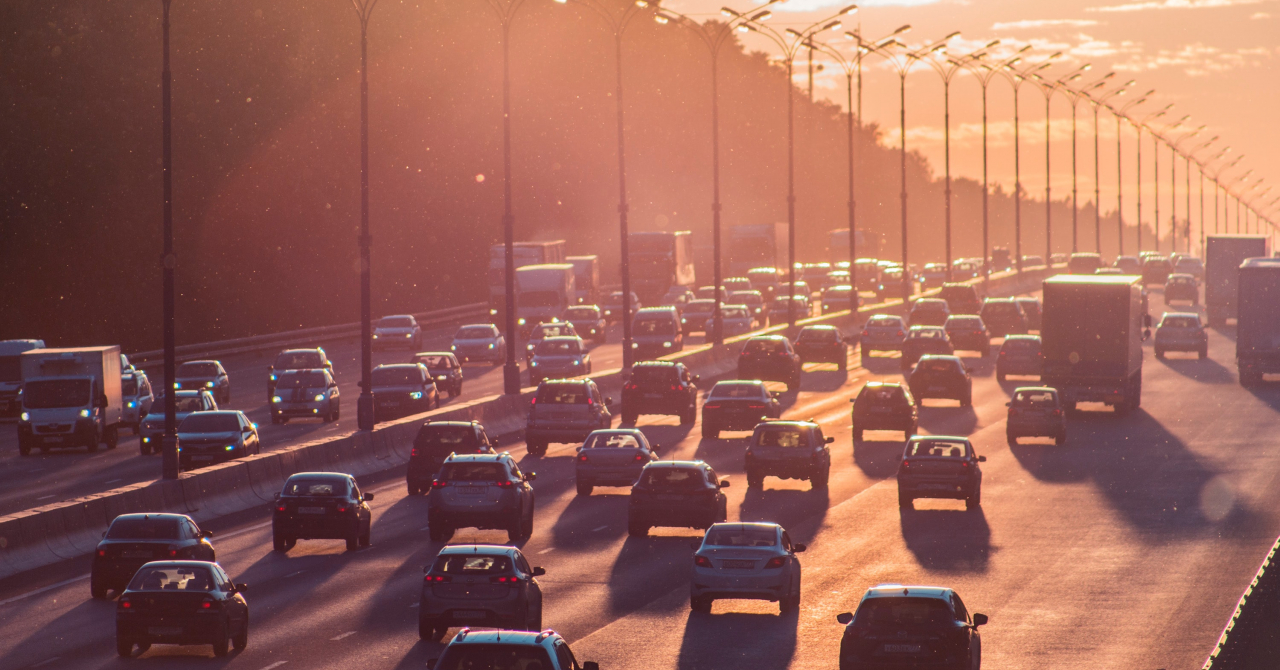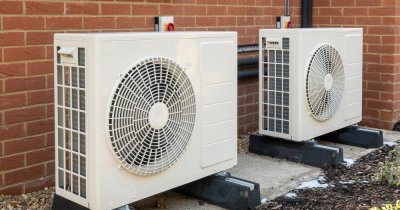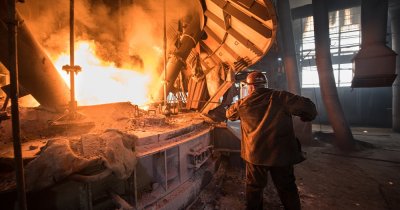According to Politico, some of the largest cities on the continent have implemented a sophisticated array of microphones that measures noise levels and the data can be used to improve the situation for the inhabitants.
Fanny Mietlicki, director of Bruitparif, a non-profit environmental organization tasked with monitoring environmental noise in Greater Paris, said that "the sound radar — which we call the Hydra — has four microphones and cameras that point in each direction, so that it can not only detect noise, but also the vehicle generating it."
In fact, the situation is as bad as one in five Europeans experiences dangerously high noise levels on a daily basis.
In many cities, over 50% of the population is exposed to unhealthy levels of sound pollution, which mostly happens near boulevards.
This comes as the World Health Organization (WHO) recommends that the average noise level recorded over 24 hours shouldn't be higher than 53 decibels.
Some European capitals have trouble staying within these limits, as in Berlin, for example, 30% of the population is exposed to higher than recommended noise levels, while in Vienna, 86% of the people living there have to bear noise levels that go above the limit.
Eulalia Peris, an expert on environmental noise at the European Environment Agency (EEA), stated that "people do not realize that long-term exposure to noise from the road traffic in our neighborhoods and cities every day can cause other effects that go beyond hearing damage."
"Those serious effects include ischemic heart disease, high blood pressure, obesity and diabetes", she added.
The Zero Pollution Action Plan is part of the European Green deal and it aims to reduce the share of people affected by transport noise by 30% compared to levels recorded in 2017 by 2030.
"Even with a high level of implementation of certain measures, it could still be difficult to achieve these targets set up by the Commission", Peris added.
For comparison, the WHO recommended background noise levels for a good night's sleep is 30 decibels.
Data from around that time shows that most people in the city are exposed to around 55-59 decibels throughout the day, but when the night comes, the noise levels don't drop much, to 50-54 decibels, which is a lot higher than the recommended levels for a restful sleep.
 Mihai - Cristian Ioniță
Mihai - Cristian Ioniță












Any thoughts?